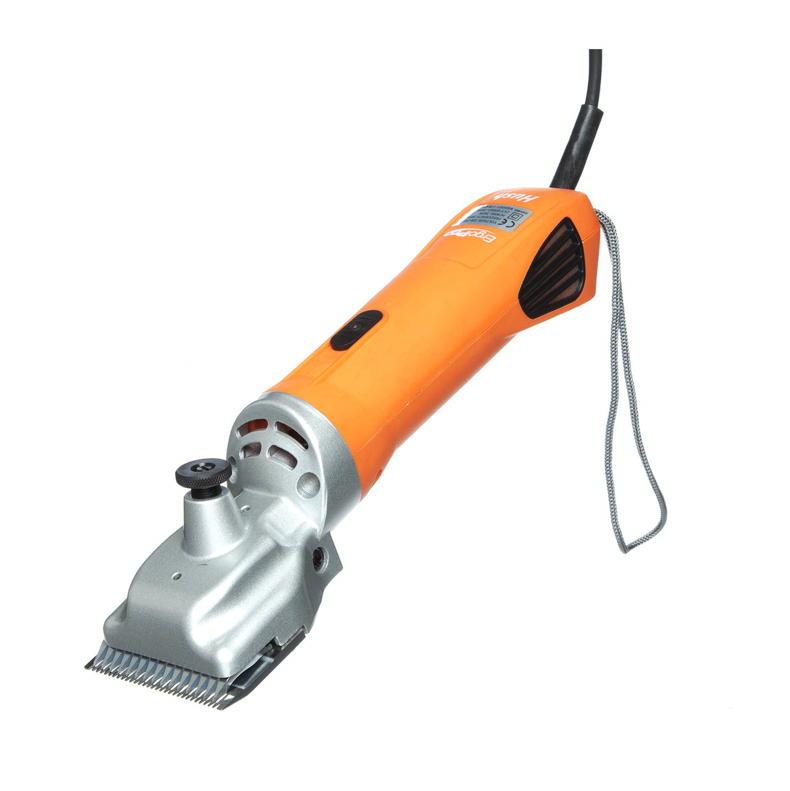SOME people just like things to look clean as in ‘neat and tidy’, perhaps to impress their clients – fair enough! For vets working with performance horses, cleanliness is about the surface appearance being truly reflective of a healthy state underneath and not simply for appearances’ sake.
Vets are borderline obsessed with disease prevention and control, hyper-aware that beneath the surface lie infectious disease-causing organisms (‘pathogens’) that represent a real risk of loss of health, poor welfare and diminished athletic performance. We also recognise that it is increasingly difficult to kill pathogens when we really need to – the drugs we use (antibiotics, anti-parasitics) are simply not as effective as they once were – and thus we need to place more and more emphasis on disease prevention. Where possible, reduce stocking densities and the infective load e.g. by increasing ventilation to reduce exposure to pathogens. Best practice is to keep your horses healthy, avoid the poor performance associated with illness, and rarely need to reach for the drugs cupboard.
Naked eye
The infectious agents we’re talking of here are pathogenic microbes – bacteria, viruses, fungi and parasites of a microscopic scale - not visible to the naked eye. We must thus detect and then manage them unseen – this is termed ‘biosecurity’. Pathogens are not to be confused with dirt or with the myriad of harmless microbes (‘germs’) we and our horses share an environment with.
We increasingly recognise the foolishness we once entertained of a sterile approach to life and living. Study the trend in advertising over recent times and you can see the change: once marketed as a disinfectant ‘capable of killing all known germs, stone dead’, now a more focused approach – the (often same!) chemical is instead said to ‘target known disease-causing agents’.
I suggest a step-wise, sequential approach to hygiene in high-risk built environments:
Immune system
It is a paradox that our immune system (that is our key protection against the harm caused by pathogens) functions best when subjected to regular but mild challenge. This of course is the core principle underlying vaccination – expose the system to a modified, controlled component of a pathogen; stimulate a mild response now; but most importantly bed in a memory for future times.
We need to manage our environment to offer controlled exposure to harmless microbes and minimal exposure to pathogenic ones, ensuring our horses are never faced with an overwhelming challenge and thus get ill. Concrete biosecurity measures we can take include:
A balanced approach is necessary in our relations with the environment we all share; we can’t sterilise all around us; non-pathogenic microbes are essential to life, after all. Know the key disease risks, prevent illness where possible; then test and treat in a targeted manner when necessary.




 This is a subscriber-only article
This is a subscriber-only article
 It looks like you're browsing in private mode
It looks like you're browsing in private mode









SHARING OPTIONS: